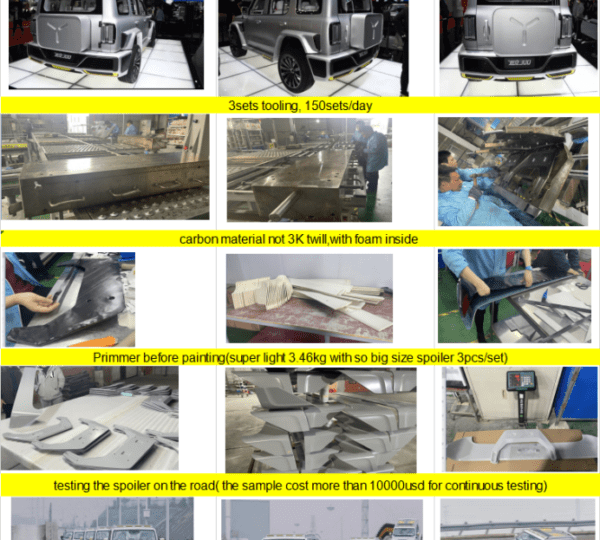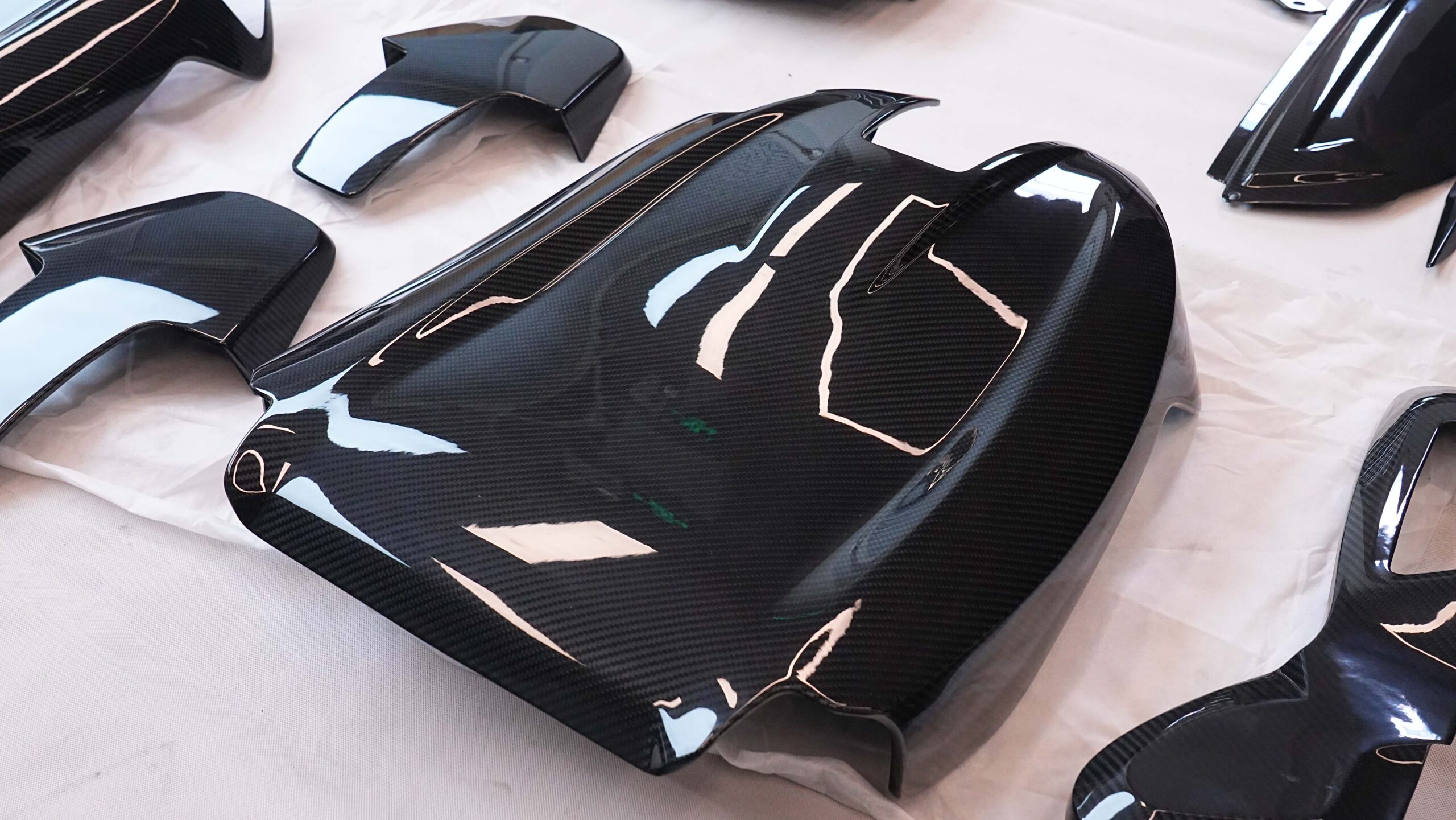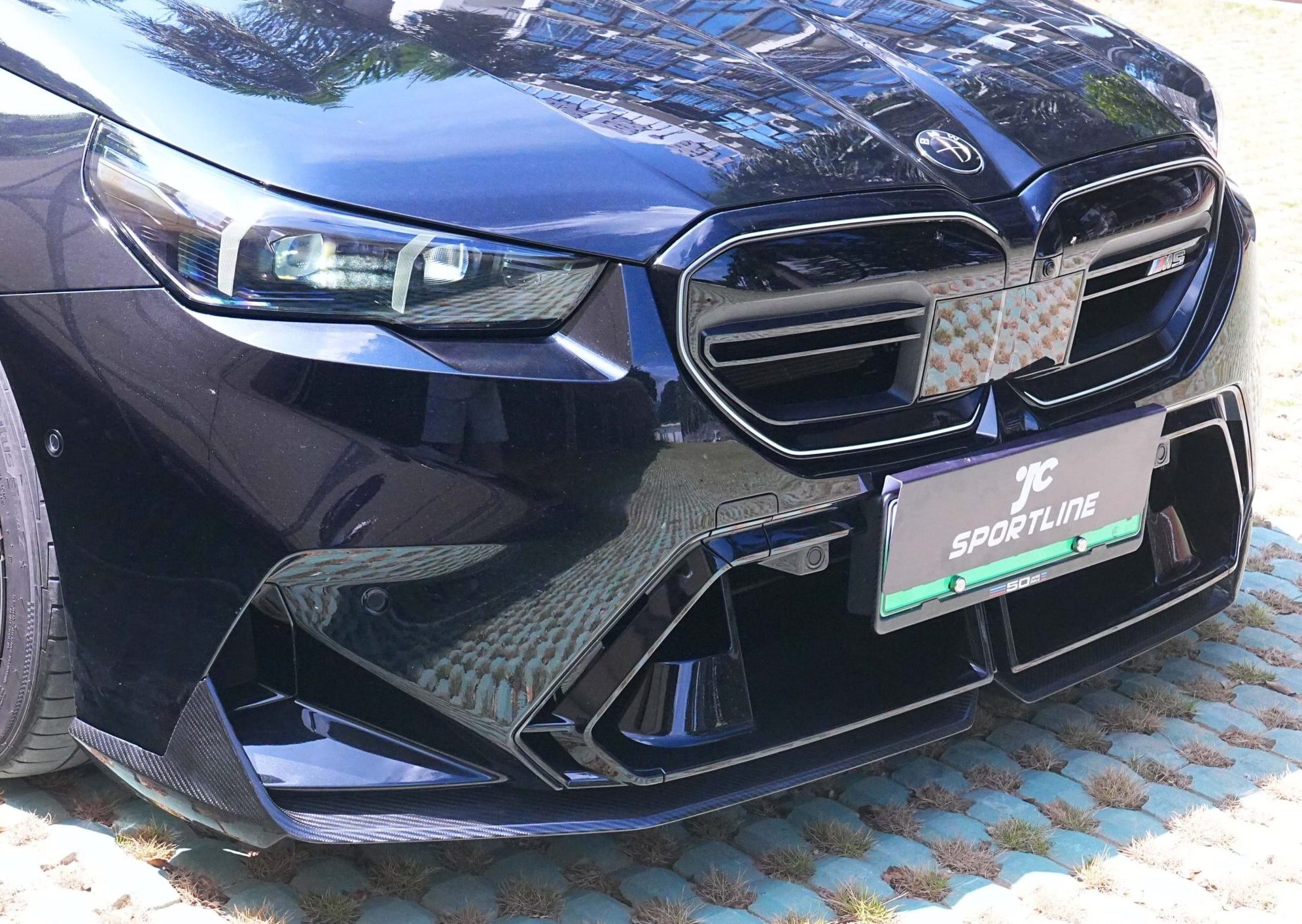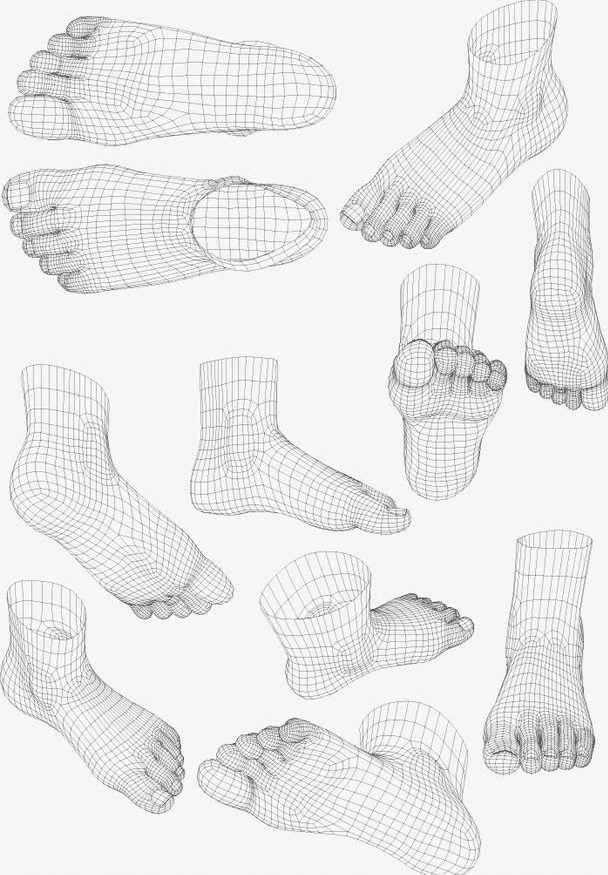Table of Contents
Many carbon fiber projects fail before production even starts. Why? Because the wrong priority was set from the beginning.
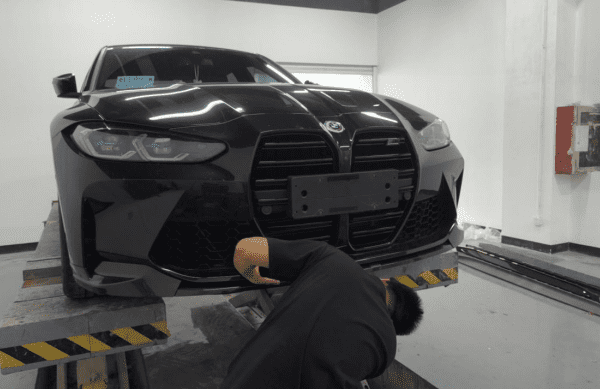
Who Should Read This?
- OEM project managers in automotive
- Aftermarket brands and tuning shops
- Performance car garages and racing teams
- Exporters or engineers handling large-volume structural parts
Why Looks Aren’t Everything
A lot of people get excited about how carbon fiber looks—clean weave, glossy finish, and that unmistakable “performance” vibe. But if you’re customizing structural parts like hoods, wings, or interior brackets, there’s something way more important than just looks:
Structure and function.
Can it handle real-world stress?
Will it install correctly?
Is it built to last?
If your part fails under pressure or doesn’t fit right, all the cool carbon weave in the world won’t save the project.
The Real Risk in Custom Projects
Many customers only care if the part “looks cool” during the early design phase. But here’s what we’ve seen go wrong:
- No structural input → no reinforcement where needed
- No thickness control → parts don’t fit properly
- No stress testing → parts fail under real use
Especially in OEM projects, structure is where most problems (and costs) happen—not in the appearance.
2 Real Projects That Got It Right
Case 1: Interior Trim Project – Precision Isn’t Optional
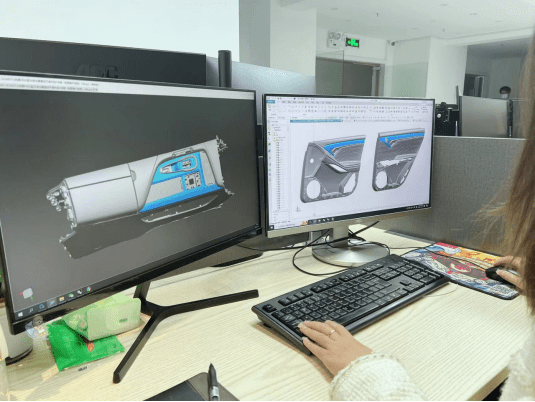
One of our OEM clients came to us with a high-end interior trim project. The parts looked simple at first—carbon fiber overlays for dashboard and door panels. But once we got into prototyping, things got tricky.
The client had very strict requirements:
The parts needed to clip onto plastic substructures with exact alignment.
Even 0.2mm of thickness variation would cause the clips to either not hold, or crack under pressure.
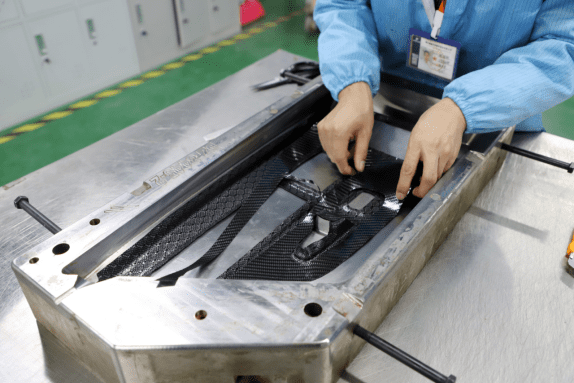
The adhesive layer also had to be perfectly controlled, or the surface would bulge.
For six months, our engineers worked closely with the client’s team and an external design consultant. We did multiple rounds of measurement, tolerance analysis, and pre-production samples. Every change—whether to resin type, layer count, or mold pressure—had to be validated.
The turning point came when we adjusted both the carbon fiber layup angle and resin flow path inside the mold. This gave us the thickness consistency we needed—within ±0.15mm across all parts.
In the end, the product passed all fitment and aging tests, and is now in mass production with near-zero failure rate.
Case 2: GWM High-Speed Wing – Built for 300 km/h
We were approached by a performance team working on a new carbon fiber wing for a GWM high-speed concept car. Their requirement was simple to say, but hard to do:
- It has to stay rock-solid at 300 km/h. No vibration. No cracks. No compromise.
- Aesthetic was important, but safety and performance were the top priorities.
So we started by asking: - What’s the real-world downforce at that speed?
- Where does the stress concentrate on the mounting points?
- What’s the ideal internal structure to carry that load?
- We ran multiple simulations using CFD (computational fluid dynamics) to understand airflow and pressure zones. Then we designed an internal carbon skeleton with multi-layer reinforcement, adding high-tensile support plates at critical stress areas.
To validate, we did:
- Static tensile testing at 1.5x expected load
- Repeated vibration simulations mimicking highway and track use
- On-vehicle high-speed testing with GoPro and accelerometer data logging
- After fine-tuning the structure and repositioning the load-bearing brackets, the final product showed zero flutter at 300 km/h and passed all durability tests.
- Today, this wing is used on several performance builds, trusted for both looks and stability at speed.
What This Means for You
If you’re starting a new carbon fiber project, here’s what you should take away:
- Understand if your part needs to look good, perform well, or both
- Communicate clearly with your supplier—don’t assume they “get it”
- Not all factories can handle complex structural parts. Know who you’re working with
- Invest in early validation to save time, money, and headaches later
Next Step: Don’t Wait Until It’s Too Late
- Working on a custom carbon fiber project now? Send us your drawings or sketches—we’ll help you assess structure risks early.
- Follow us for more real case studies on functional carbon fiber part design.
- In carbon fiber, the right questions early = less trouble later.

